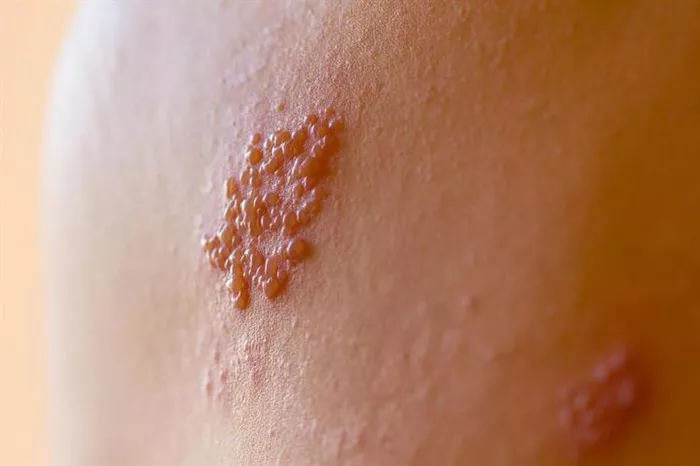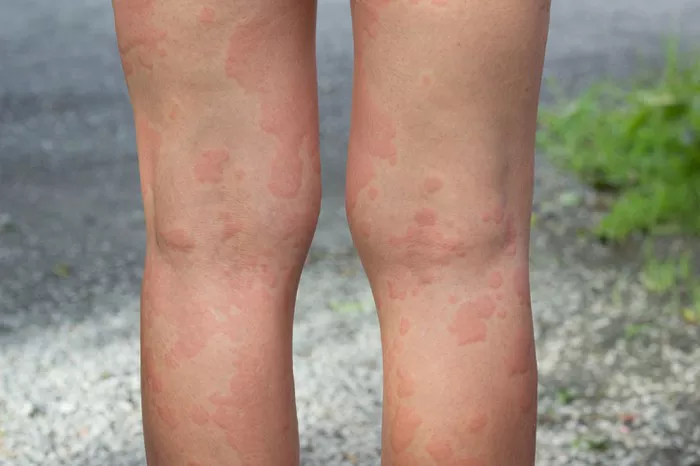Shingles, also known as herpes zoster, is a painful rash caused by the varicella-zoster virus—the same virus responsible for chickenpox. After a person recovers from chickenpox, the virus remains dormant in nerve tissue and can reactivate later in life, leading to shingles. The risk of developing shingles increases with age and weakened immune systems. To prevent shingles, vaccines like Zostavax and Shingrix are recommended for adults.
The Basics of Shingles and Vaccination
Shingles is caused by the reactivation of the VZV, the same virus responsible for chickenpox. After recovering from chickenpox, the virus remains dormant in nerve cells and can reactivate later in life, typically manifesting as shingles. Shingrix, the leading shingles vaccine, is highly effective in preventing this reactivation.
The Shingrix vaccine is not a live virus vaccine like some others. It is a recombinant vaccine that contains a piece of the virus, so it cannot cause shingles. This distinction is crucial when considering contagiousness.
The Need for Shingles Vaccines
Shingles can be debilitating, causing severe pain, itching, and potentially long-term nerve damage. The primary goal of shingles vaccination is to reduce the risk of developing this painful condition. Zostavax, previously used, has been largely replaced by Shingrix due to its higher effectiveness. Shingrix is recommended for adults over 50 and is administered in two doses, generally 2 to 6 months apart.
Post-Vaccination Contagiousness: What You Need to Know
One common concern individuals have after receiving the shingles vaccine is whether they can spread the virus to others. It’s essential to understand how vaccines work and the specific characteristics of the varicella-zoster virus to address this concern effectively.
1. Understanding the Shingles Vaccine
Shingrix, the current shingles vaccine, is a non-live vaccine. Unlike some vaccines that contain weakened or attenuated live viruses, Shingrix is made from a protein found in the virus. This means that Shingrix cannot cause shingles or chickenpox, even in individuals with weakened immune systems.
2. How Vaccines Prevent Disease
Vaccines work by stimulating the immune system to produce an immune response without causing illness. In the case of Shingrix, the vaccine prompts the body to recognize and attack the varicella-zoster virus, providing protection against shingles.
3. The Likelihood of Contagiousness After Shingles Vaccination
Since Shingrix does not contain live virus particles, it is not possible to contract or spread the varicella-zoster virus from the vaccine. This characteristic eliminates concerns about post-vaccination contagiousness. After receiving the vaccine, individuals cannot transmit the virus to others through physical contact, including casual interactions or close contact.
Vaccine Side Effects and Considerations
As with any vaccine, Shingrix can cause mild side effects such as soreness at the injection site, muscle pain, fatigue, and headaches. These side effects typically resolve within a few days and are not indicative of contagiousness. Serious allergic reactions to the vaccine are rare but should be promptly addressed by healthcare professionals.
Importance of Vaccination for Public Health
Vaccination against shingles is not only crucial for individual health but also for public health. By reducing the incidence of shingles, vaccination helps decrease the overall burden on healthcare systems and improves quality of life for older adults.
Post-Vaccination Precautions
Despite the low risk of transmission, certain precautions are advisable after receiving the shingles vaccine:
1. Covering Skin Lesions: If you develop a rash or skin irritation at the injection site, covering it with a bandage can help prevent direct contact and potential transmission.
2. Good Hygiene Practices: Practicing regular handwashing, especially after touching any rash or skin irritation, can further reduce any theoretical risk of transmission.
3. Avoiding Close Contact with Vulnerable Individuals: While the risk is minimal, avoiding close contact with individuals who have compromised immune systems or pregnant women (who have not had chickenpox or the vaccine) for a few days post-vaccination is a prudent measure.
Conclusion
In conclusion, receiving the shingles vaccine, particularly Shingrix, is highly effective in reducing the risk of developing shingles without posing a risk of contagiousness to others. Understanding the characteristics of the vaccine and how it interacts with the varicella-zoster virus can alleviate concerns and promote informed decision-making regarding vaccination. If you have specific concerns or questions about shingles vaccination, consult with your healthcare provider for personalized guidance.
Related Topics:

























